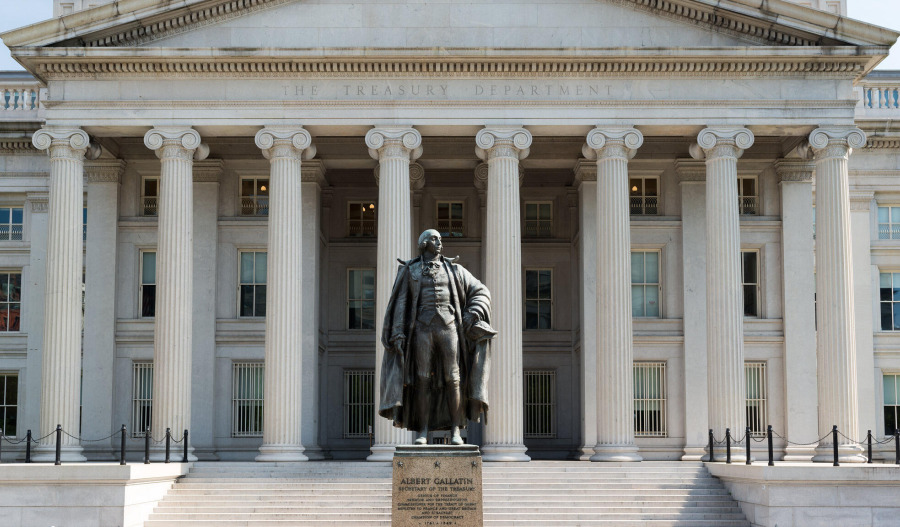United States consumer confidence weakened slightly in October to a six-month low, with mounting worry over near-term job availability giving the Federal Reserve more to think about when it decides whether to lower rates again on Wednesday.
The Conference Board survey revealed yesterday that its consumer confidence index fell by 1 point to 94.6 in October from an upwardly revised September reading of 95.6.
The decline in confidence was concentrated among consumers under the age of 35 and to a lesser extent those above 55 years, and improved among the 35 to 54 cohort.
Meanwhile, the job market, a measure of Americans’ short-term expectations for their income, dipped by 2.9 points to 71.5, and remains well below the 80, a pivotal point that typically signals a recession ahead.
The share of consumers who expected fewer jobs over the next six months increased to a six-month high of 27.8% from 25.7% in September.
The survey's so-called labour market differential, derived from data on respondents' views on whether jobs are plentiful or hard to get, widened to 9.4% from 8.7% last month.
According to the Conference Board feedback to yesterday’s numbers, prices and inflation remained consumers’ biggest concern, while mentions of tariffs remain elevated.
"Consumers are weary and for good reason, the stock market records are not helping them get jobs or put food on the table, and with store-bought goods inflation still rising, many Americans are being left behind in Trump 2.0," said Christopher Rupkey, chief economist at FWDBONDS, told Reuters.
"Fed officials will likely not turn a blind eye to these sluggish consumer confidence readings and are likely to deliver on the market's long-held expectations for an interest rate cut on Wednesday."
Yesterday’s numbers confirm what economists have dubbed America’s K-shaped economy, with confidence falling among consumers on an annual income below $75,000, while consumers earning over $200,000 annually have a more upbeat outlook.
Economists argue that robust consumer spending by high-income households is responsible for keeping the U.S. economy afloat.
While lower-income households are struggling to make ends meet amid higher prices, gas prices jumped in September while the cost of rents cooled, painting a mixed picture for consumers.
What’s clearly taking its toll on consumer confidence is the month-long federal government shutdown - now on track to become the longest on record - with no sign of negotiation between Republicans and Democrats in the U.S. Congress to end the impasse over spending.
While the shutdown has caused the suspension of the collection, processing and publishing of government economic data, the U.S. central bank is expected to lower its benchmark overnight interest rate by another 25 basis points to the 3.75%-4.00% range at the end of a two-day meeting on Wednesday.
In the meantime, while inflation expectations elevated, consumers' buying intentions over the next six months were mixed.
While there was a slight uptick in the share planning to purchase a motor vehicle - mostly used cars - fewer intend to buy refrigerators, television sets and clothes dryers.
There was, however, a modest rise in the share planning to purchase washing machines and vacuum cleaners.
Vacations were in the cards for many, for both domestic and international destinations, with the Fed's latest Beige Book report noting strong "spending by higher-income individuals on luxury travel and accommodation."
The share of consumers planning to buy a home dropped, suggesting easing mortgage rates are unlikely to boost demand.
Interestingly, home values also are not moderating significantly, even as rising inventory is cooling house price inflation.

Join our community of decision-makers. No card required
Join now

